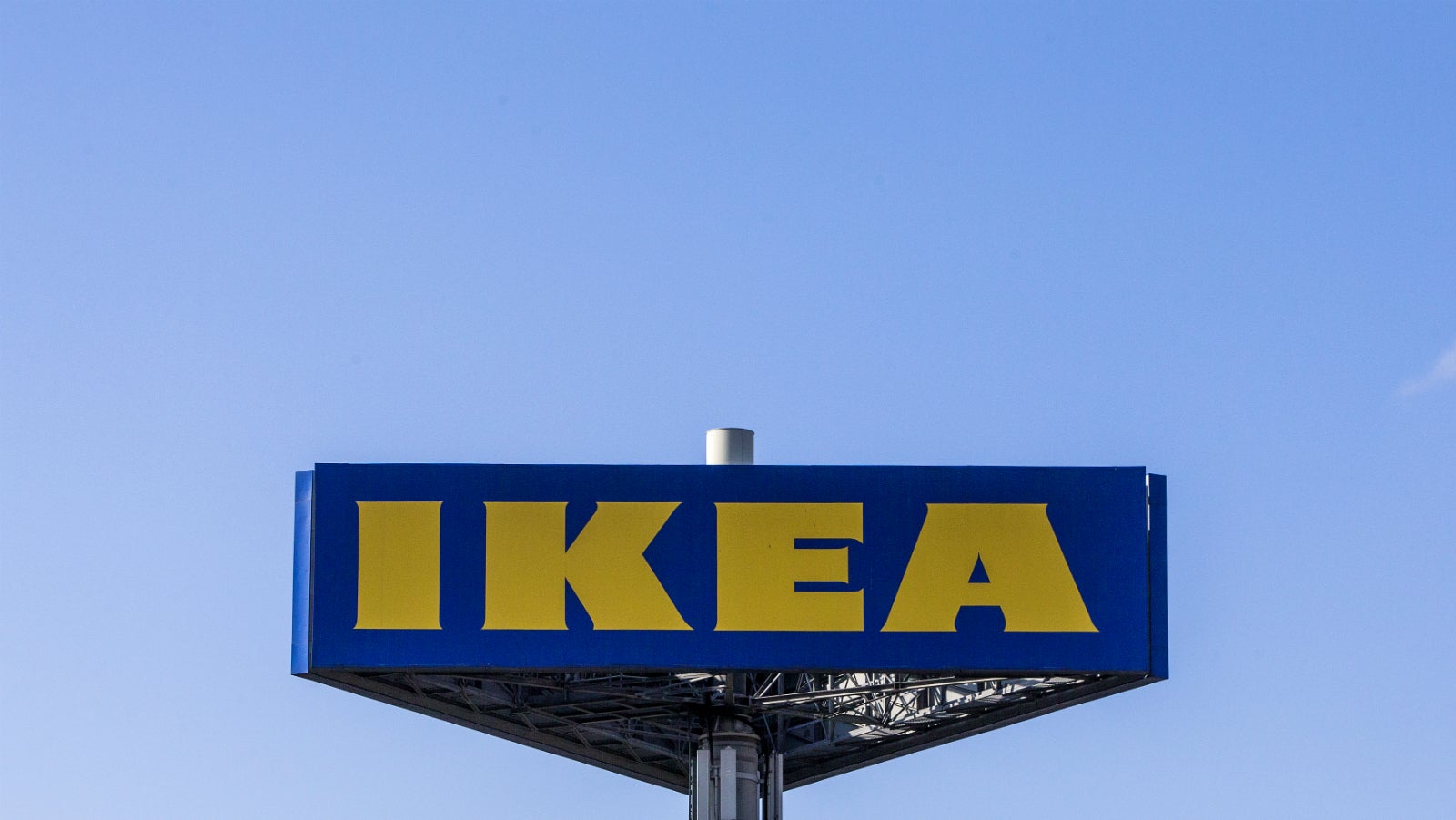From food to furniture, how IKEA is going local for its first Indian store
The world’s largest furniture retailer’s six-year-long wait will end this month as it opens its first store in India on August 09.


The world’s largest furniture retailer’s six-year-long wait will end this month as it opens its first store in India on August 09.
After years of research and preparation, Sweden-based IKEA will in a few days unveil a 400,000 square feet store in Hyderabad, which will include a slew of localised offerings. It will even deploy some 850 personnel to help shoppers navigate the sprawling property.
The company has in the last four years visited over 1,000 Indian homes to gain insights into how India lives: in cramped apartments, sprawling houses, and navigating chaotic traffic daily. People in Asia’s third-largest economy have diverse household needs, which IKEA looks to fulfill by deploying an army of assemblers, offering more brightly coloured furnishing options, and Indianising its in-house restaurant.
As it throws open the doors to its signature blue-and-yellow store, the following are some of the unique services and experiences customers can look forward to:
Restaurant
The world over, IKEA’s in-store restaurants are a huge draw among shoppers.
The retailer began selling food at its first store in Ahmult, Sweden, back in 1956 to let hungry shoppers take a break. However, food went on to become a core part of IKEA’s business, so much so that today it contributes 5% to the company’s turnover.
IKEA’s menu ranges from its iconic Swedish beef or pork meatballs, cinnamon buns, and soups to pizzas and pastas. The retailer often localises its menus—in Turkey, it sells Turkish bagels and doner platters; in China, rice is a staple.
The 1,000-seater facility at its Hyderabad store will be the firm’s biggest restaurant globally, the idea being to draw more shoppers, especially families. With 37% of India’s population being vegetarian and even the non-vegetarians often avoiding beef and pork, IKEA’s menu will reflect that. So its meatballs will have chicken and vegetables here instead.
In any case, about 50% of the menu will be “Indian:” samosas (a deep-fried snack), dal makhani (lentils), idli (a steamed rice cake), and biryani (a spicy rice dish). The other half of the menu will remain Swedish, with IKEA’s signature salmon and shrimp dishes.
“Food can be the first contact point for IKEA in India,” Patrik Antoni, deputy country manager of IKEA India, told the Mint newspaper in an interview.
Pricing
For all the fanfare around food, it’s the customer’s shopping bill that will ultimately determine IKEA’s success in India. The idea is to get more shoppers introduced to the IKEA concept.
In most global markets, it is perceived as a value retailer. However, in India, where it plans to reach up to 200 million people in the next three years, purchasing power is relatively lower than in other parts of the world where IKEA has a presence. So the furniture giant will calibrate its price tags accordingly.
Roughly 1,000 of its 7,500 products—mugs, crockery, soft furnishing—will be priced at less than Rs200 ($2.9) in India. ”We are very confident that we will enter the market with the lowest possible prices,” an IKEA executive told the Mint newspaper.
Product range
Besides its signature Billy Bookcase and flat-weave rugs, IKEA will introduce many India-specific items and solutions. “Our home visits have found that people are looking for small things that make their life easier—in terms of storage, kids’ space, etc. That’s the kind of solutions we hope to provide,” a company executive told YourStory in 2017.
The kitchen, for instance, is one area that will see IKEA innovate, selling spice boxes, idli-makers, pressure cookers, and flat pans or tawas (used to prepare rotis).
The textile section, too, will see changes. The usual IKEA bedsheets come in hues of creams, whites, greys, and other solid colours, with some prints. In India, “you will see more bright colours and patterns. Largely in textiles,” an IKEA spokesperson told Quartz.
It also plans to bring its wide range of kids’ offerings to India.
Assembly and services
One of the key areas of focus for IKEA in India has been to assist customers in the company’s do-it-yourself concept which requires assembling the products at home.
Since Indians are yet to warm up to this, the retailer has put together one of its largest assembling teams in Hyderabad, totalling 150. It has also dedicated extra space in its store for such services.
“Here, I think it is pushing it to the extreme. We have seen similar patterns, but to the extent we see it here, it is new. So we have extended areas in the store for services. We have hired 150 people—we normally don’t do in-house services,” Antoni told Quartz in an interview last month.
IKEA has also tied up with Gurugram-based customer services startup UrbanClap whose carpenters it will train to handle and assemble its furniture.